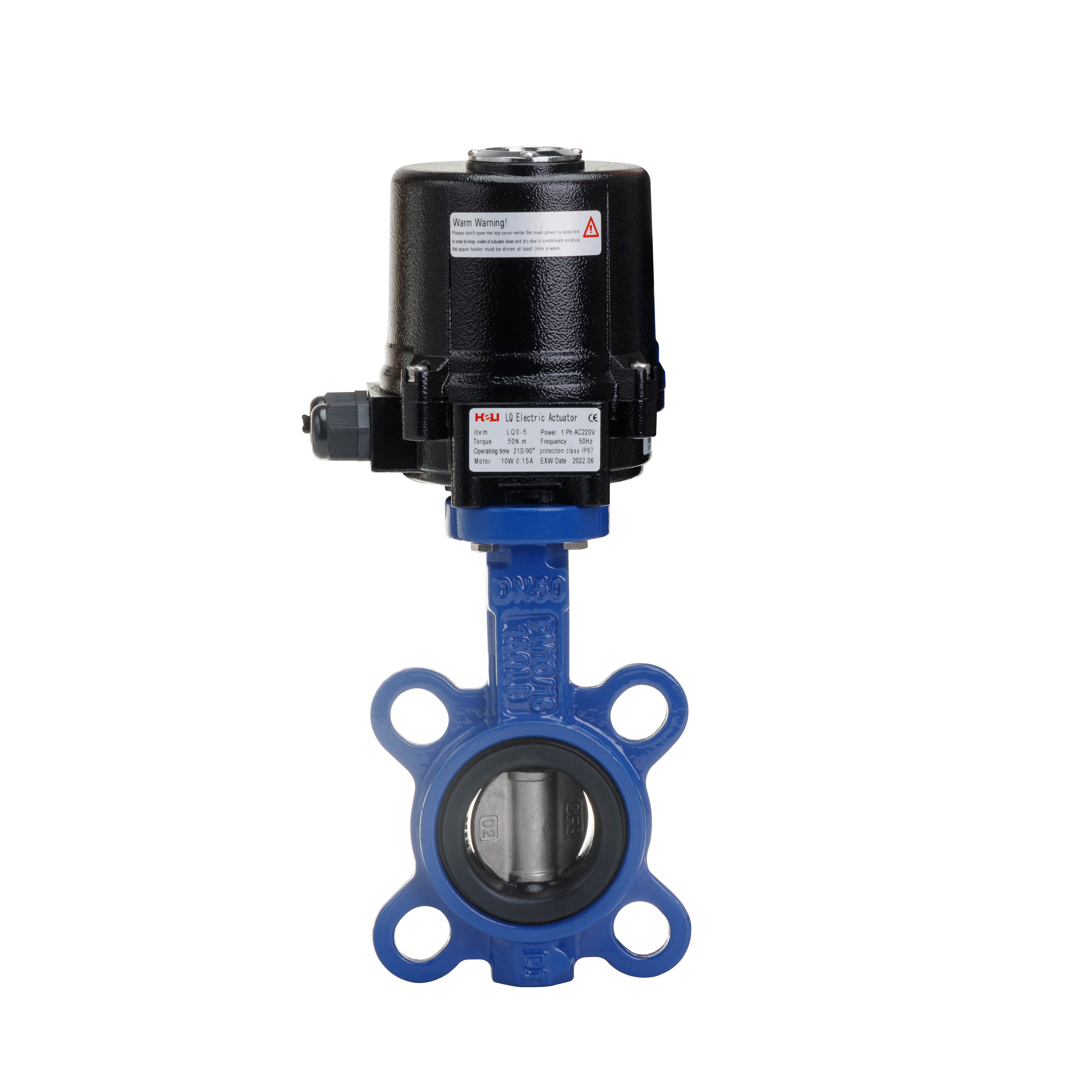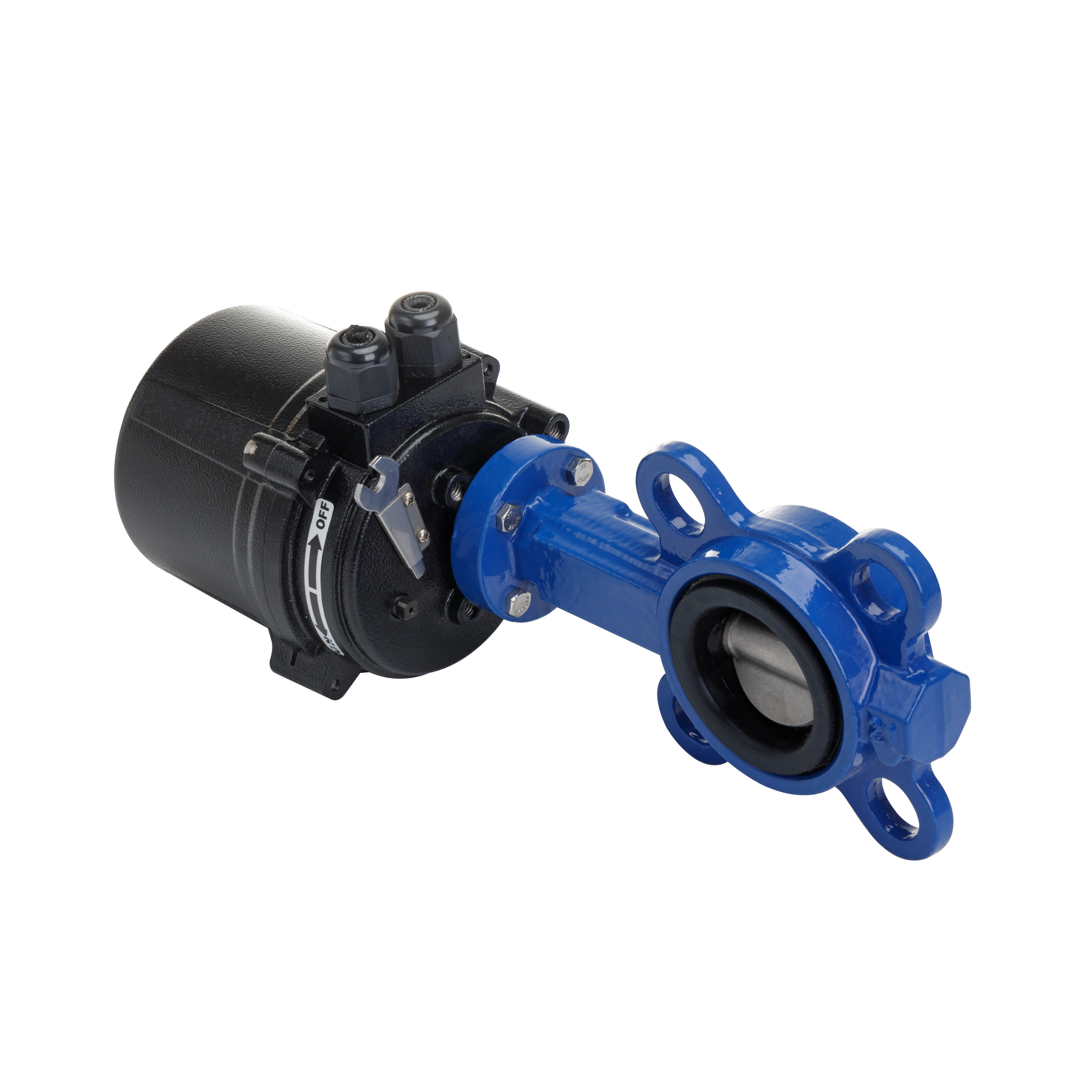
Electric butterfly valves are critical components in various industrial applications, providing efficient flow control for liquids and gases. These valves combine the simplicity of the butterfly valve design with the precision and convenience of electric actuators, making them a popular choice across numerous sectors, including water treatment, HVAC, and chemical processing.

At its core, a butterfly valve consists of a disc that rotates around a central axis to regulate flow. When the valve is closed, the disc sits perpendicular to the flow path, blocking the passage. Conversely, when opened, the disc aligns parallel to the flow, allowing fluid to pass through with minimal resistance. This design offers several advantages, including reduced pressure drop and compact size, making it suitable for tight spaces.

